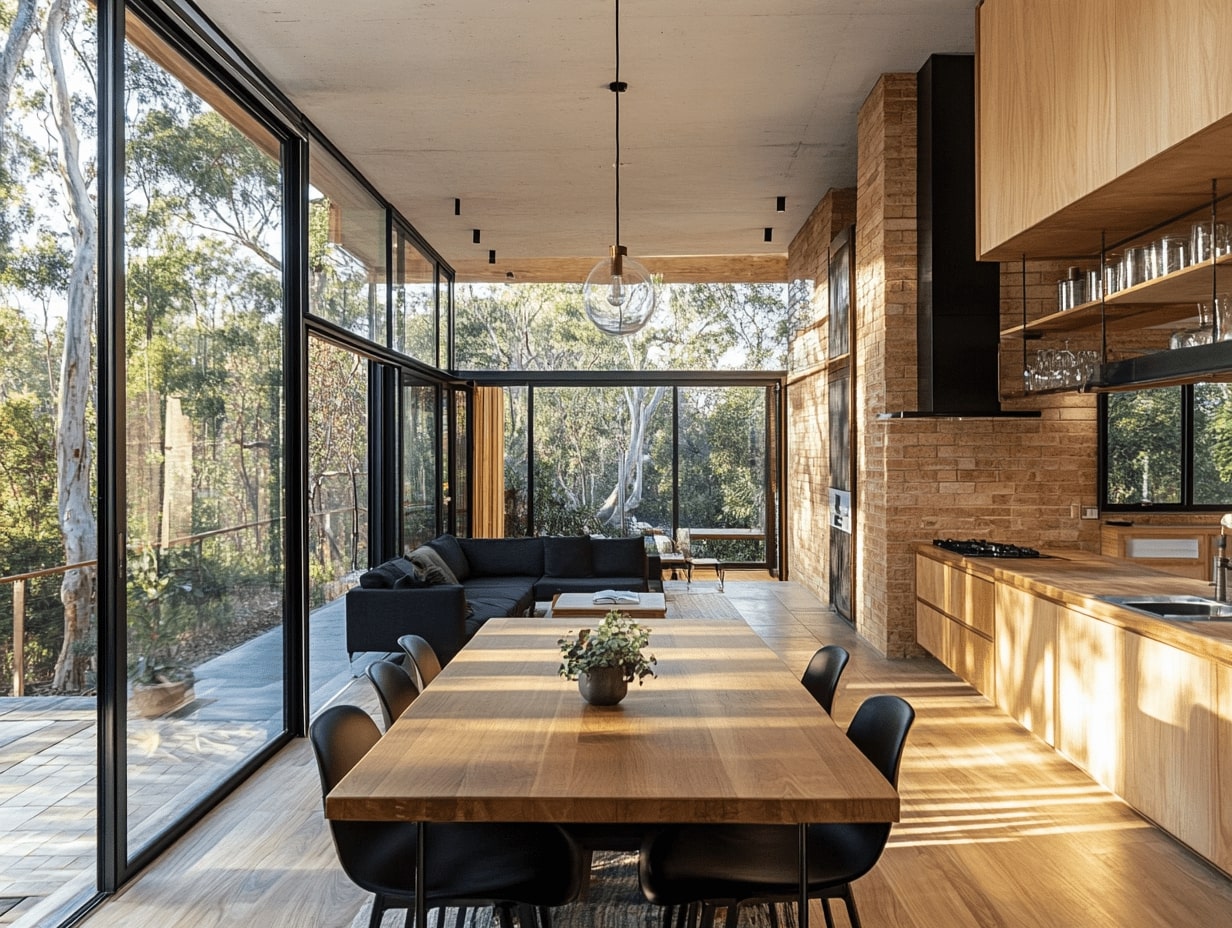- Home
- Articles
- Architectural Portfolio
- Architectral Presentation
- Inspirational Stories
- Architecture News
- Visualization
- BIM Industry
- Facade Design
- Parametric Design
- Career
- Landscape Architecture
- Construction
- Artificial Intelligence
- Sketching
- Design Softwares
- Diagrams
- Writing
- Architectural Tips
- Sustainability
- Courses
- Concept
- Technology
- History & Heritage
- Future of Architecture
- Guides & How-To
- Art & Culture
- Projects
- Interior Design
- Competitions
- Jobs
- Store
- Tools
- More
- Home
- Articles
- Architectural Portfolio
- Architectral Presentation
- Inspirational Stories
- Architecture News
- Visualization
- BIM Industry
- Facade Design
- Parametric Design
- Career
- Landscape Architecture
- Construction
- Artificial Intelligence
- Sketching
- Design Softwares
- Diagrams
- Writing
- Architectural Tips
- Sustainability
- Courses
- Concept
- Technology
- History & Heritage
- Future of Architecture
- Guides & How-To
- Art & Culture
- Projects
- Interior Design
- Competitions
- Jobs
- Store
- Tools
- More
Avoid These Misconceptions When Buying a Home: Expert Advice for Smart Buyers
Unlock expert insights on debunking common myths in home-buying that lead to costly mistakes. Discover how flexible down payment options, understanding appraisals, and assessing long-term value can enhance your decision-making. Learn why highest bids don’t always win, location matters, and pre-approval isn't a guarantee.

Buying a home is one of the most significant real estate investments we’ll ever make, yet it’s easy to be swayed by common misconceptions. These myths can cloud our judgment, leading to costly mistakes and unnecessary stress. As we navigate the complex world of real estate, it’s crucial to separate fact from fiction.
Many of us enter the home-buying process with preconceived notions that can derail our plans. From believing that the highest offer always wins to thinking a 20% down payment is mandatory, these misunderstandings can hinder our path to homeownership. With expert advice, we can debunk these myths and make informed decisions.
By understanding the realities of the housing market, we empower ourselves to approach home buying with clarity and confidence. Let’s explore the misconceptions that often trip us up and learn how to sidestep them, ensuring a smoother journey to finding our dream home.

Table of Contents
ToggleUnderstanding Common Home Buying Misconceptions
Misconceptions often create unnecessary hurdles in the home-buying journey. Let’s explore some prevalent myths.
- The Highest Offer Wins: In real estate transactions, the highest bid doesn’t always secure the property. Sellers consider various factors such as financing conditions, buyer flexibility, and closing timelines.
- 20% Down Payment Required: Although a 20% down payment can eliminate private mortgage insurance, many lenders offer loans with significantly lower down payment options. First-time buyers can qualify for FHA loans with as low as 3.5%.
- Good Credit Score Ensures Approval: While a high credit score boosts approval chances, lenders also assess income stability, debt-to-income ratio, and savings. Comprehensive financial health is crucial.
- Skipping Inspection Saves Money: Forgoing inspection can lead to unforeseen costly repairs. Identifying structural issues early helps negotiate repair costs or rescind an offer without penalties.
- Market Timing Is Crucial: Trying to time the market perfectly can cause delays and missed opportunities. Focus instead on personal readiness and long-term benefits.
Understanding these misconceptions equips us with knowledge to make confident decisions in the home-buying process.

Misconception 1: The Cheapest Home Is the Best Deal
Many believe that purchasing the least expensive home results in the best deal. Focusing solely on price often leads us to overlook critical aspects of value and potential future investment gains.
Weighing Cost Against Value
Price alone doesn’t determine a home’s worth. When we evaluate homes, it’s crucial to consider location, structural integrity, and future expenses like home renovations and maintenance. For example, a house priced lower might require immediate repairs costing thousands, negating any initial savings. Additionally, desirable neighborhood homes tend to appreciate over time, offering better value despite a higher purchase price.
Evaluating Long-term Investment Potential
Homes should be viewed as long-term investments. We shouldn’t ignore factors like market trends, community development plans, and neighborhood growth potential in our evaluations. A cheap home in a declining area may lose value, while a pricier one in a thriving community likely appreciates. When considering investment potential, assessing features that contribute to long-term value aids in making an informed decision.
Misconception 2: A Larger Down Payment Is Always Better
A larger down payment might seem like a smart choice, especially when trying to reduce mortgage costs. However, it’s crucial to consider the broader financial picture when making this decision.
Financial Flexibility Considerations
Retaining financial flexibility proves vital in managing unexpected expenses. A smaller down payment enables us to keep more cash on hand for emergencies, home repairs, and other investments. By not exhaustively using available funds for the down payment, we maintain a safety net which can reduce financial stress and allow for future opportunities. Plus, potential tax benefits and investment returns from keeping liquid assets are worth considering.
Exploring Down Payment Assistance Programs
Various assistance programs offer benefits to help homebuyers, particularly first-time buyers. These programs can provide grants, low-interest loans, or waived fees, making homeownership more attainable without a hefty down payment. By exploring options from federal, state, and local initiatives, we can often find resources that suit our financial circumstances. This approach not only preserves cash flow but also provides an entry into the housing market with reduced initial commitments.

Misconception 3: Pre-approval Means Loan Guarantee
Many homebuyers mistakenly equate pre-approval with a guaranteed mortgage. Pre-approval indicates a lender’s initial evaluation but doesn’t ensure loan funding.
Differentiating Pre-approval from Final Approval
Pre-approval involves an assessment of credit score, income, and debt levels. Lenders use this information to estimate the loan amount. Final approval, however, requires a deeper analysis including property appraisal, verification of submitted documents, and a clear financial history. Without satisfying these conditions, securing a mortgage remains uncertain.
Strengthening Your Financial Profile
A robust financial profile improves chances of final approval. Keeping stable income and employment, reducing outstanding debts, and maintaining a healthy credit score are crucial. Avoid major financial changes—like large purchases or job changes—during the loan process to prevent jeopardizing the loan outcome. By enhancing financial stability, we position ourselves better for successful home financing.
Misconception 4: You Must Find the Perfect Home
Thinking that we must find the perfect home can cause unnecessary stress and delay the buying process. Instead, focusing on essential features and future potential offers a more practical approach.
Identifying Non-negotiables and Compromises
We benefit from categorizing our needs into non-negotiables and compromises. Essential elements such as the number of bedrooms or proximity to work fall into the non-negotiables category. For example, if a commute over 30 minutes negatively impacts daily life, it’s non-negotiable to be closer to work. On the other hand, aesthetic factors like paint color are often compromises. By distinguishing between these categories, we simplify the decision-making process and focus on homes that meet our critical needs while remaining flexible on minor details.
Importance of Future Resale Value
Considering future resale value ensures that homes remain solid investments. Factors like neighborhood development, school district quality, and local amenities significantly impact resale potential. For instance, homes near expanding public transportation systems might appreciate faster. Therefore, analyzing the area’s growth and upcoming infrastructure projects helps us determine the home’s long-term value. Balancing immediate needs with potential future gains provides a strategic lens through which to evaluate every property.

Misconception 5: Location Is Not Important
Location is a pivotal factor in home buying that influences everything from property value to quality of life. Consideration of a home’s location can enhance long-term satisfaction and financial returns.
Assessing Neighborhood Growth Potential
Evaluating neighborhood growth potential is vital when choosing a location. A developing area often offers long-term investment returns due to increased demand. We focus on factors like new infrastructure projects, commercial developments, and school rating improvements. Understanding these indicators helps us predict future property valuations.
Evaluating neighborhood growth potential is vital when choosing a location. A developing area often offers long-term investment returns due to increased demand. For instance, if you’re considering properties like houses for sale in Oakville, assessing the town’s strong infrastructure, excellent schools, and community amenities can help you understand its value and appeal. These aspects make Oakville an attractive choice for homebuyers seeking both quality living and investment potential.
Commuting and Lifestyle Considerations
Commuting and lifestyle factors play a crucial role in location selection. The proximity of work, schools, and amenities can significantly affect daily life. We consider public transit availability, traffic patterns, and nearby recreational facilities to ensure the location aligns with our lifestyle needs and time management requirements.
Conclusion
Recognizing and addressing misconceptions in the home-buying process enhances our ability to make informed choices. Realizing that the highest bid doesn’t always win, understanding flexible down payment options, and analyzing a home’s long-term value encourages us to look beyond surface-level decisions. By prioritizing necessary features over superficial details, collaborating with knowledgeable agents, and emphasizing thorough property inspections, we ensure that our investments reflect strategic, well-judged decisions. Leveraging expert insights and local market trends guides us toward a more confident, well-prepared home acquisition.
- avoiding home buying pitfalls
- buying a home successfully.
- buying a house do's and don'ts
- choosing the right home
- common home buying mistakes
- expert advice for home buyers
- first-time home buyer guide
- first-time home buyer misconceptions
- home buying advice from experts
- home buying dos and don'ts
- home buying process explained
- home buying tips
- how to buy a house wisely
- misconceptions about home buying
- real estate buying tips
- smart home buying strategies
- tips for buying a house
Submit your architectural projects
Follow these steps for submission your project. Submission FormLatest Posts
How Modern Bridges Balance Aesthetics and Engineering
How modern bridges balance aesthetics and engineering: explore form-driven systems, case studies,...
Exterior & Interior Remodeling Tips Every Homeowner Should Consider
Home upgrades reshape comfort, improve function, and strengthen long-term property value. Whether...
Top 8 Luxury Vacation Rentals Features Guests Love Most
A luxury vacation rental offers an entirely different experience than a typical...
Why Local Expertise Matters: Choosing the Right Plumbers in Townsville
Why Local Expertise Matters: Choosing the Right Plumbers in Townsville When it...












Leave a comment